GREATER FLAMINGO, PHOENICOPTERUS ROSEUS, FLAMING RÓŻOWY
GREATER FLAMINGO, PHOENICOPTERUS ROSEUS.
The greater flamingo is the largest living species of flamingo, averaging 110–150 cm (43–59 in) tall and weighing 2–4 kg (4.4–8.8 lb). The largest male flamingos have been recorded at up to 187 cm (74 in) tall and 4.5 kg (9.9 lb).
Most of the plumage is pinkish-white, but the wing coverts are red and the primary and secondary flight feathers are black. The bill is pink with a restricted black tip, and the legs are entirely pink. Chicks are gray.
Why are flamingos pink?
Flamingos get their pink color from their food, they really are what they eat. The coloration comes from the carotenoid pigments in the organisms that live in their feeding grounds.
Many plants produce natural yellow, red or orange pigments, called carotenoids. Carotenoids give carrots their orange color. They are also found in the microscopic algae that brine shrimps eat. As a flamingo dines on algae and brine shrimps, its body metabolizes the pigments — turning its feathers to pink color.
Have you ever seen a flamingo eat? Flamingos are filter feeders that use their beaks to strain out algae and small crustaceans from water. They do this by placing their beaks upside-down in water and moving them to intake mouthfuls of both water and food followed by pushing just the water back out! We can see flamingos walking backwards during filtering.
Some interesting facts about the greater flamingo:
- Feather Color: While flamingos are known for their pink coloration, the greater flamingo has pale pink plumage with bright pink accents on its wings. Their feathers can appear even brighter during the breeding season due to hormonal changes and mainly of their diet.
- Filter Feeding: Greater flamingos have a unique feeding method known as filter feeding. They use their specialized beaks to filter tiny algae, small invertebrates, and crustaceans from the water. The flamingo sweeps its beak upside down in the water, and its specialized filters called lamellae trap the food while letting water flow out.
- Group Behavior: Greater flamingos are highly social birds and are known for forming large colonies that can consist of thousands of individuals. These colonies provide protection against predators, and the birds engage in various group activities, such as synchronized courtship displays and communal nesting.
- Standing on One Leg: Flamingos are famous for their ability to stand on one leg for long periods. This behavior is not fully understood, but it is believed to help them conserve body heat and energy. It also allows them to rest and sleep while maintaining balance in the water.
- Longevity: Greater flamingos have a relatively long lifespan. In the wild, they can live up to 20 to 30 years, and some individuals have been recorded to live even longer in captivity.
- Global Distribution: Greater flamingos are found in various parts of the world, including parts of Africa, southern Europe, the Middle East, and the Indian subcontinent. They inhabit both saltwater and freshwater habitats, such as lagoons, estuaries, and shallow coastal areas.
- Breeding Rituals: During the breeding season, greater flamingos engage in elaborate courtship displays. Males and females perform synchronized dances, where they strut, stretch their necks, and engage in head-flagging and wing-flapping to attract mates.
Where we can find greater flamingos?
It is found in parts of Africa, southern Asia, the Middle East and southern Europe. I took the pictures in The Park of Molentargius – Saline, in Cagliari, Italy.

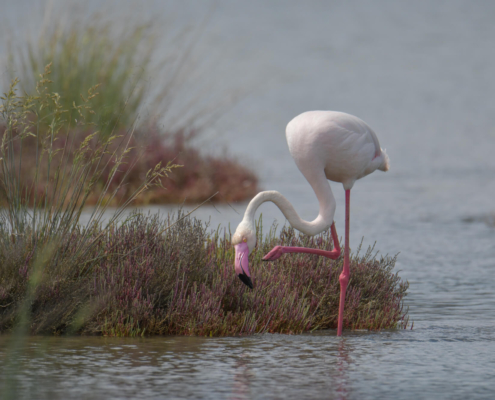
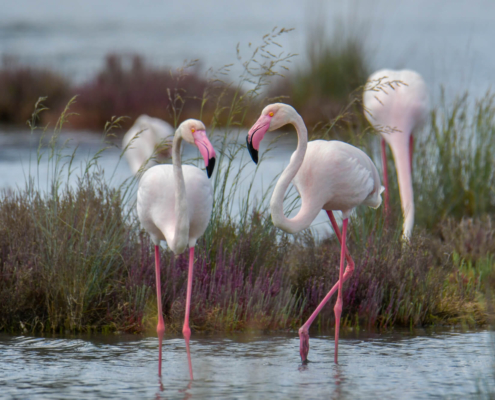
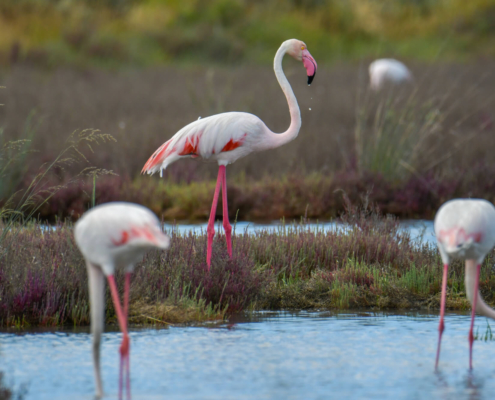
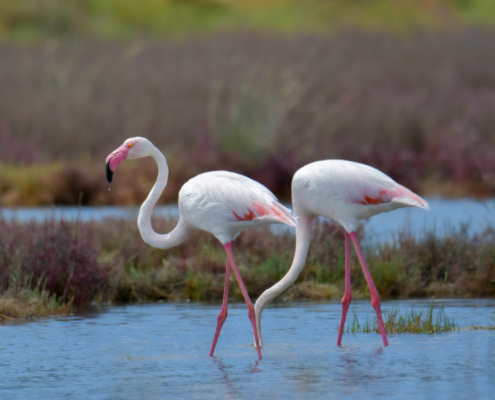
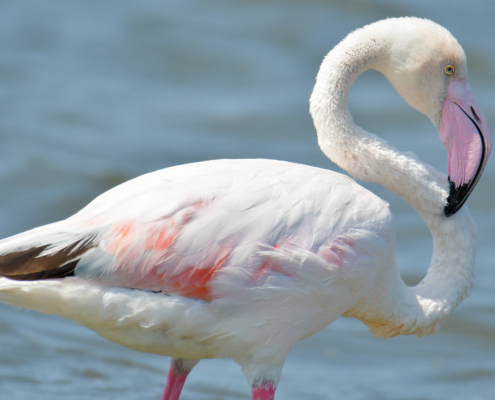
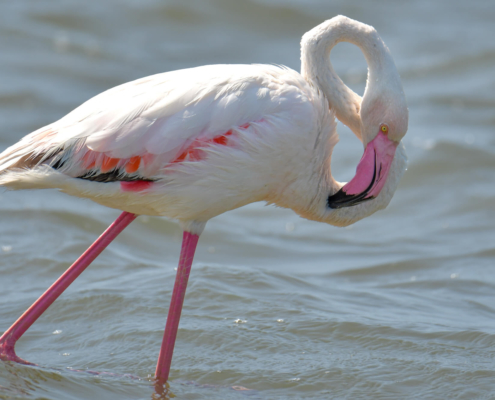
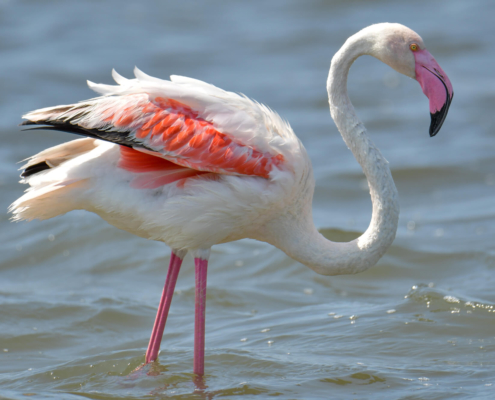
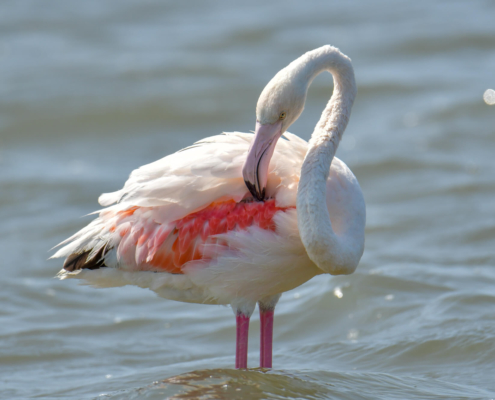
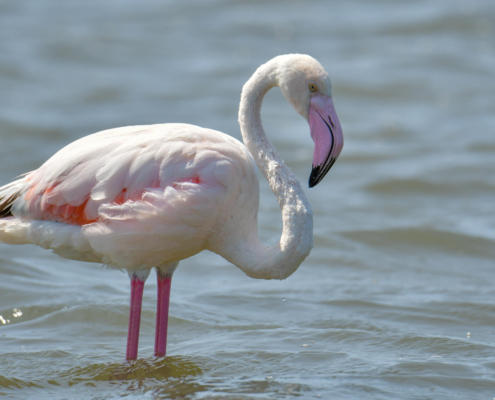
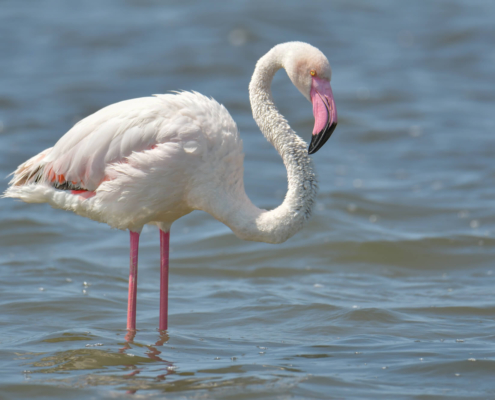

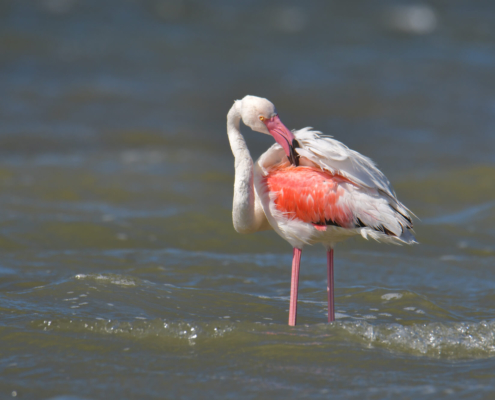
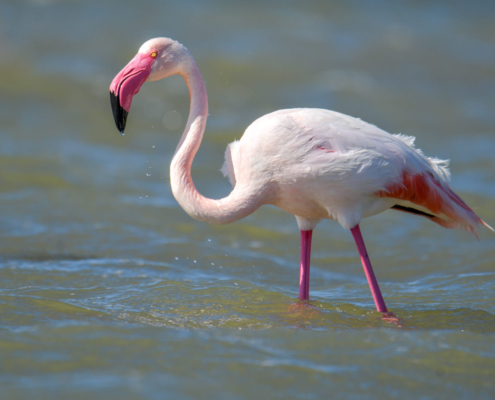


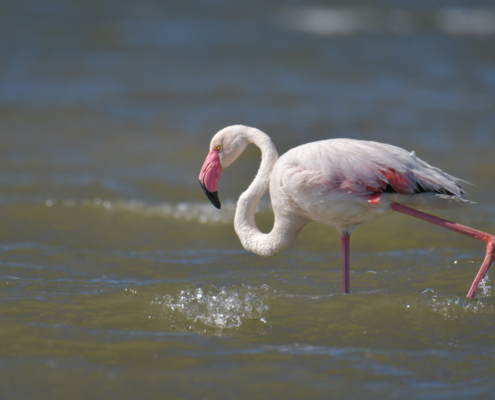
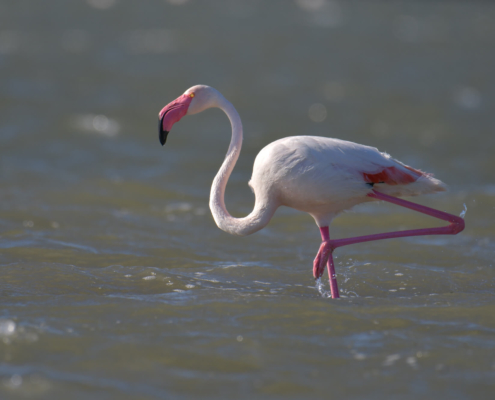
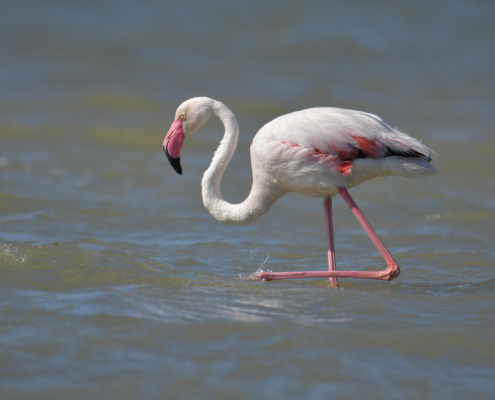
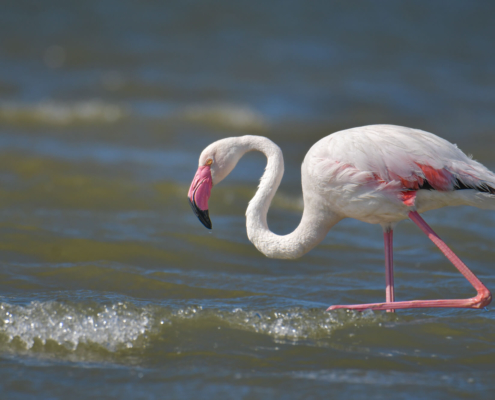
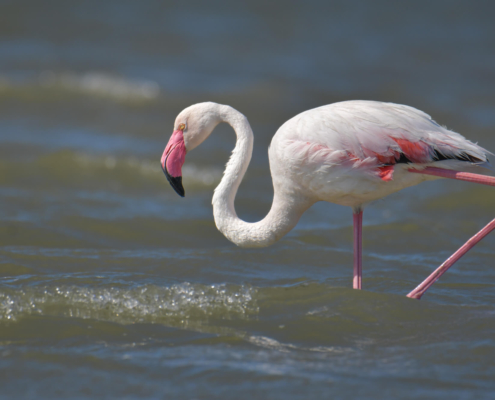
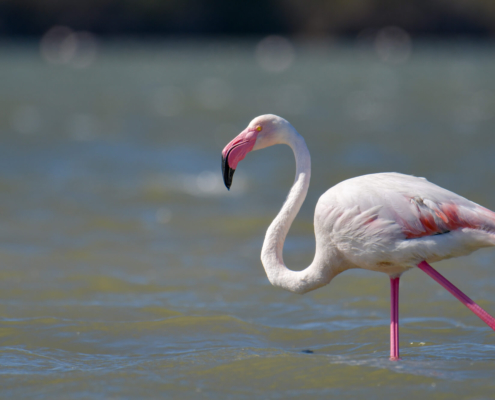



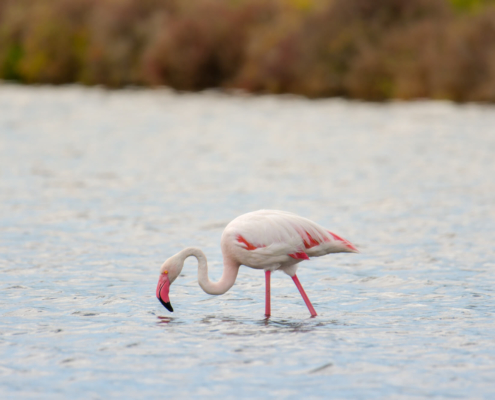
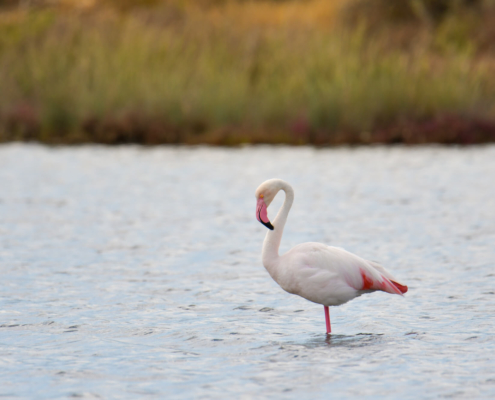
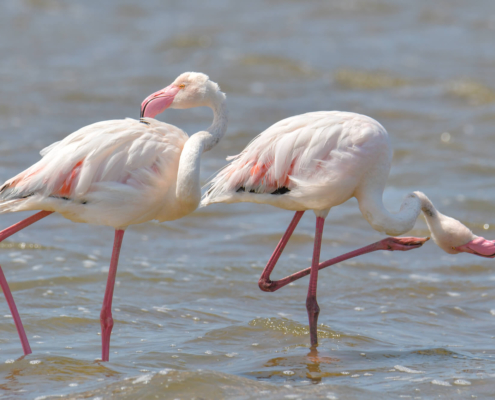

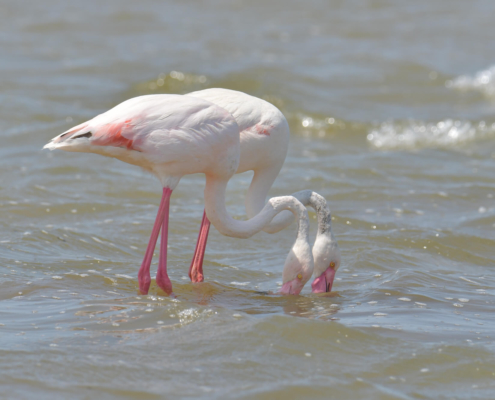
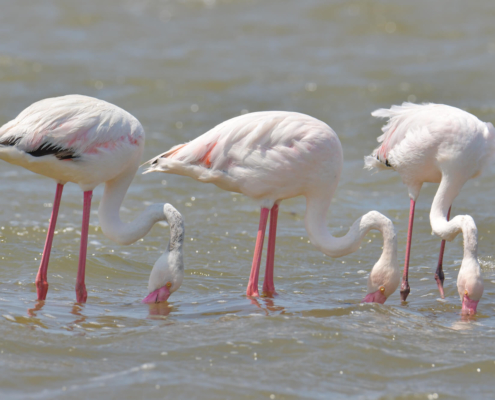
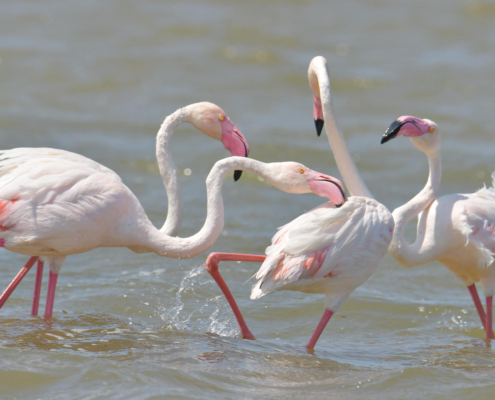
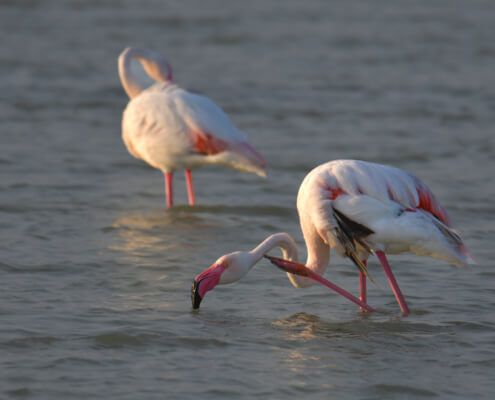

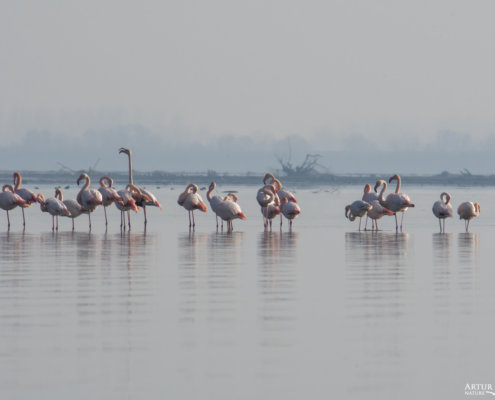


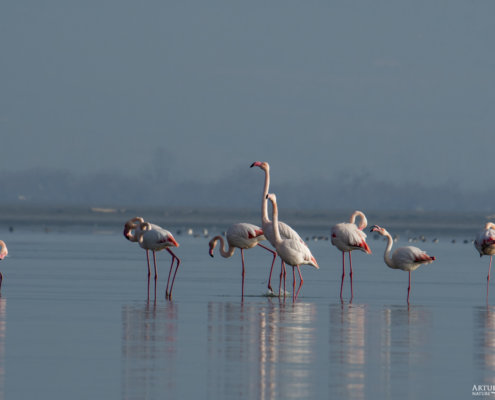
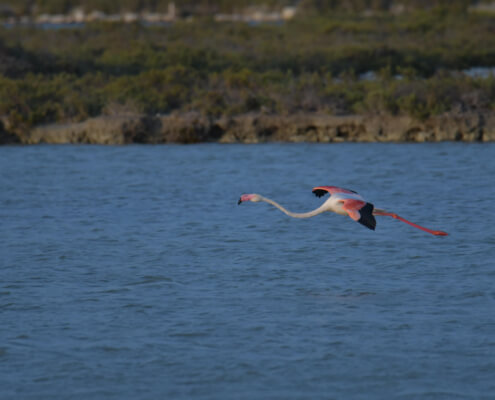
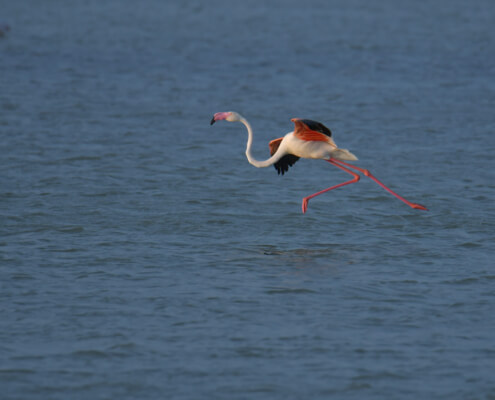
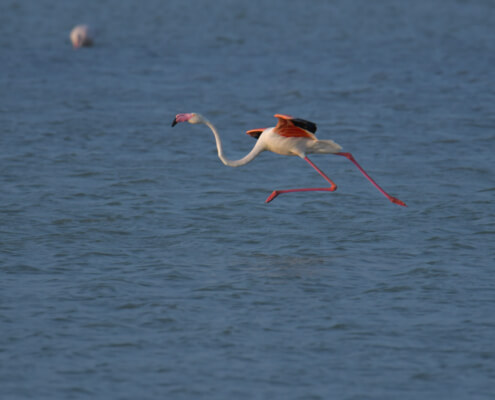
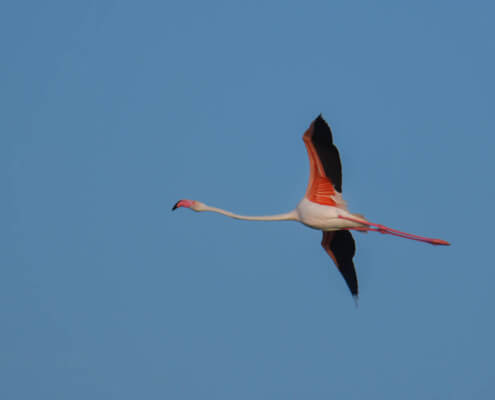
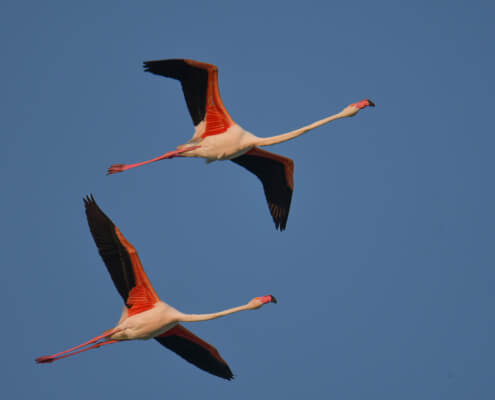

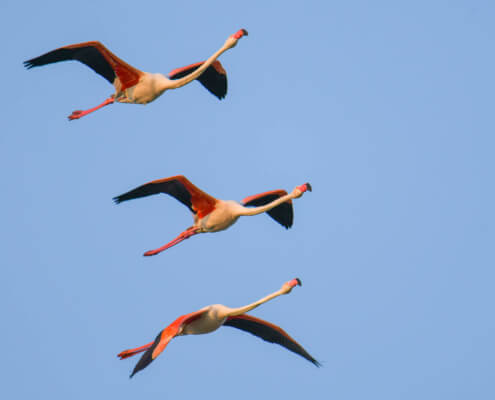
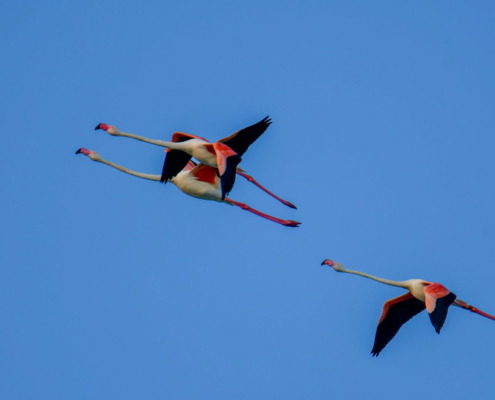
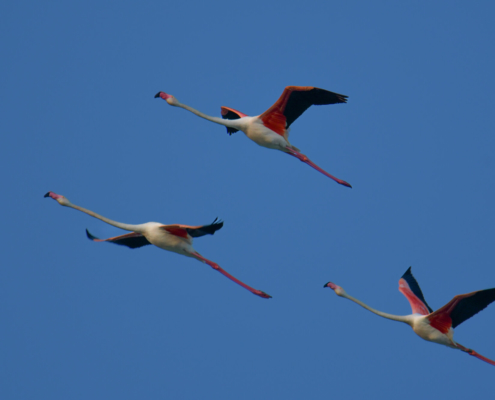
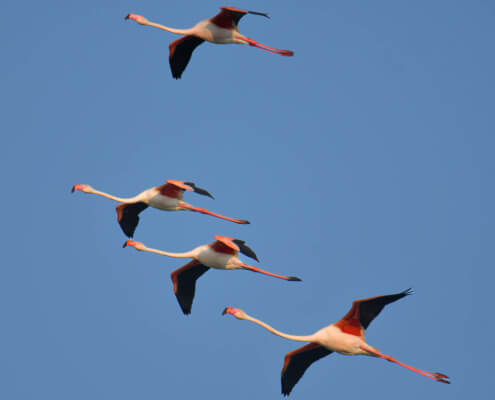

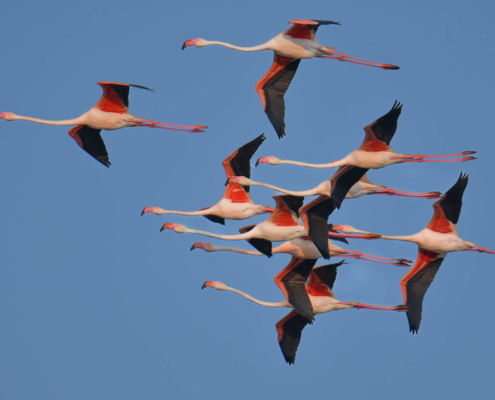
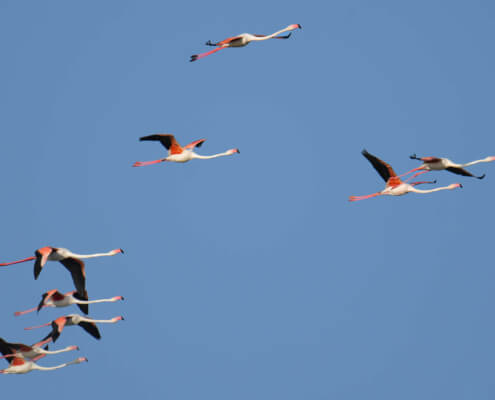



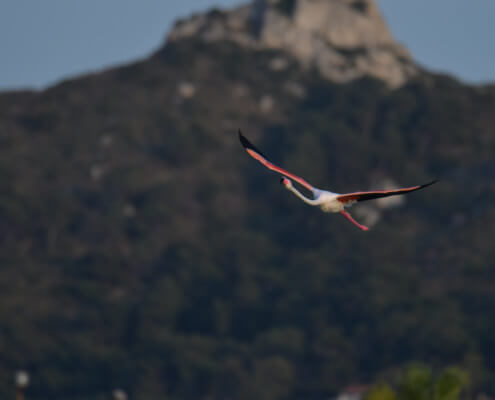

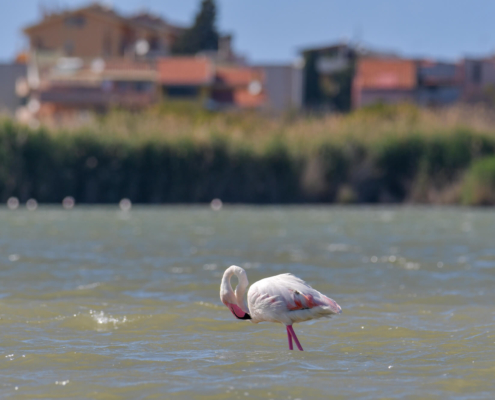
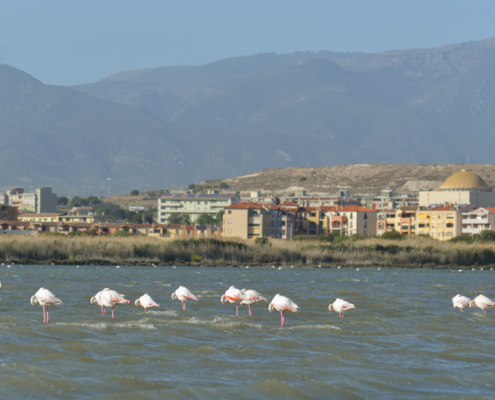
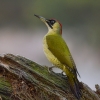

Leave a Reply
Want to join the discussion?Feel free to contribute!